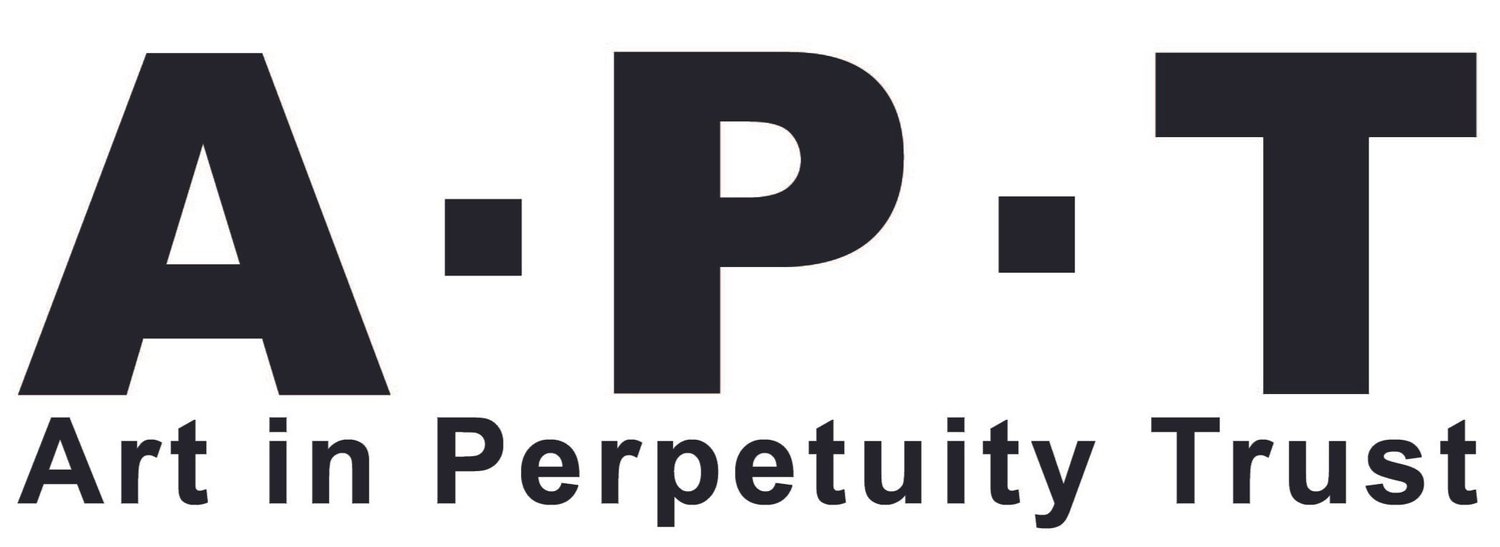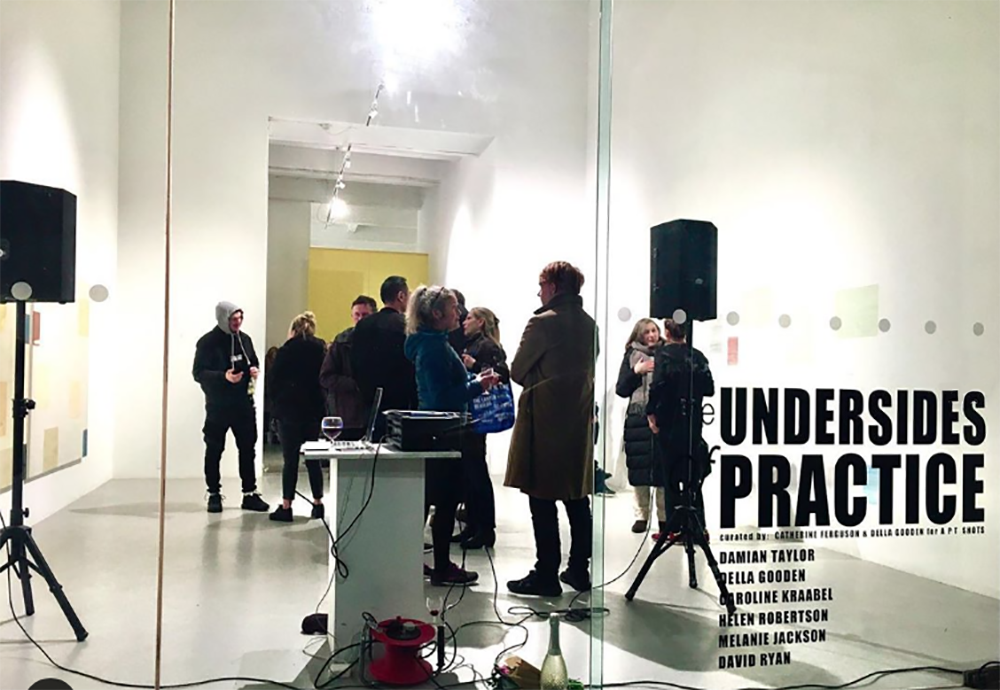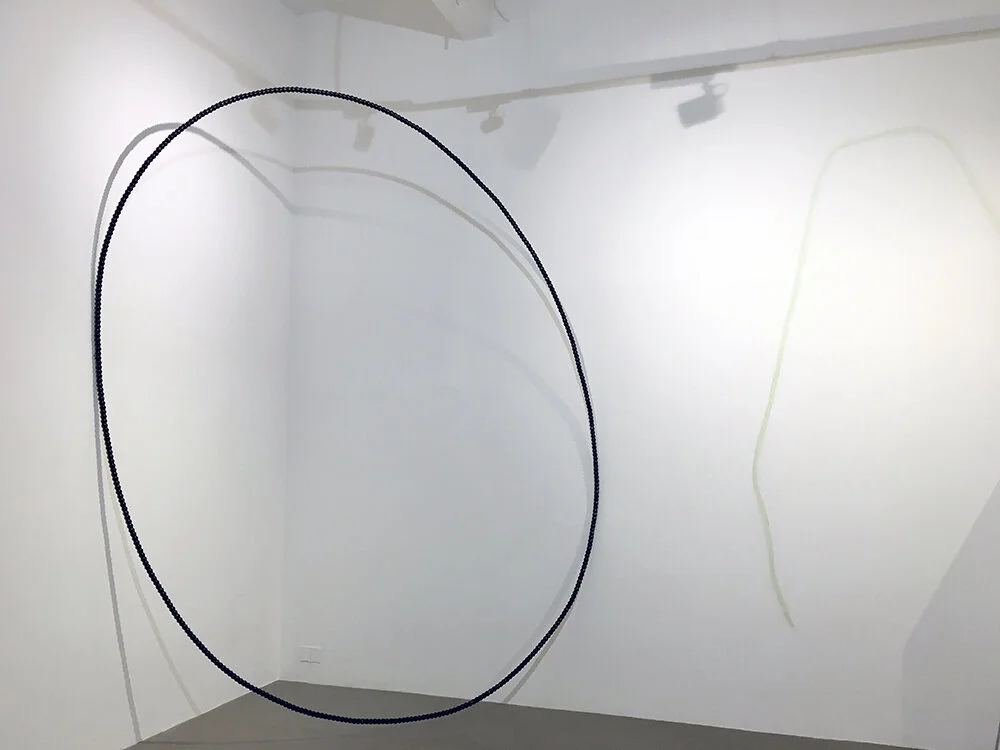APT Shots 2020 - The Undersides of Practice
The Undersides of Practice curated by Catherine Ferguson & Della Gooden for APT SHOTS
Damian Taylor | Della Gooden | Melanie Jackson | Helen Robertson | Caroline Kraabel | David Ryan
The beginnings of this exhibition lie in a reading of ‘The Origin of Perspective’ by Hubert Damisch, published in 1987 (first translated into English in 1994). In this book Damisch investigates linear perspective, an invention of Painting that employed geometry and the structured positioning of the viewer, to map our three-dimensional experience onto a two-dimensional surface; thereby rendering visual perception ‘truthfully’ via illusion.
In the West, perspective has become culturally embedded as a truth - even the word ‘perspective’ comfortably collocates linguistically and therefore by default, emotionally, with ‘The Laws of...’. Damisch, searching outside such powerful forces of habit, convention and culture, poses the idea that Perspective is actually more significant, as an invention of a model of thinking; that it is not simply a vehicle for representing a perception of reality, it is an invention of a model of thought that structures perception itself.
If our models of the world influence what we think the world is, then we must take care what models we make. Perspective is neat and unified, but visual perception is a most extra-ordinarily complex, messy dynamic between body, mind, the world and all our inheritances. A single, closed system couldn’t hope to adequately render this in all its totality.... so we are, of course, not satisfied; hence the known and continued invention/discovery of alternatives.
For the purposes of this exhibition, the curators have a slightly oblique angle of interest in all this. Namely, how through Damisch’s investigations a gap opens up between, on the one hand, the theoretical and technical achievements of Perspective, which are observable and understandable in the work (e.g. geometry) and on the other hand, the philosophical implications of what is experienced aesthetically (the phenomenological and motivated experience of the viewer).
This ‘gap’ between an invented system and the emergence of aesthetic sensation is the complex point of departure for this curatorial project. Early on, studio-based conversations between the curators and each artist revealed external spheres of influence already in operation; whether observable or not, thoughts of architecture, science, photography, politics and music are stitched, somewhere, into the fabric of this show. In addition, the curators have always assumed that the gallery space is not merely an empty container, waiting to be filled, but that it should become a dynamic and fluctuating environment which allows connections to take place between static structures, performance related activities and the perceptual experience of space, object and image.
The vision has been for the various works to resonate, as they occupy the gallery space, so that any ‘models of thought’ invented, can work on and with each other, to open up perception and generate consciousness through the relationships they create in situ, and over time. The artists might allow their work to explore more explicitly the external influences that operate within their practices. Some works will function directly within specific spatial and architectural aspects of the gallery - or develop in relation to aspects of the work of others (whilst maintaining external systems of thought already in operation). This has required a process of conversation, discussion, planning, making and experimentation; of openness and generosity. Whilst there has been a curatorial need for both a creative and analytical approach to the exhibition’s composition, emphasis has been most definitely on the sensory and the imagination over linguistic and more conceptual structures of analysis.





